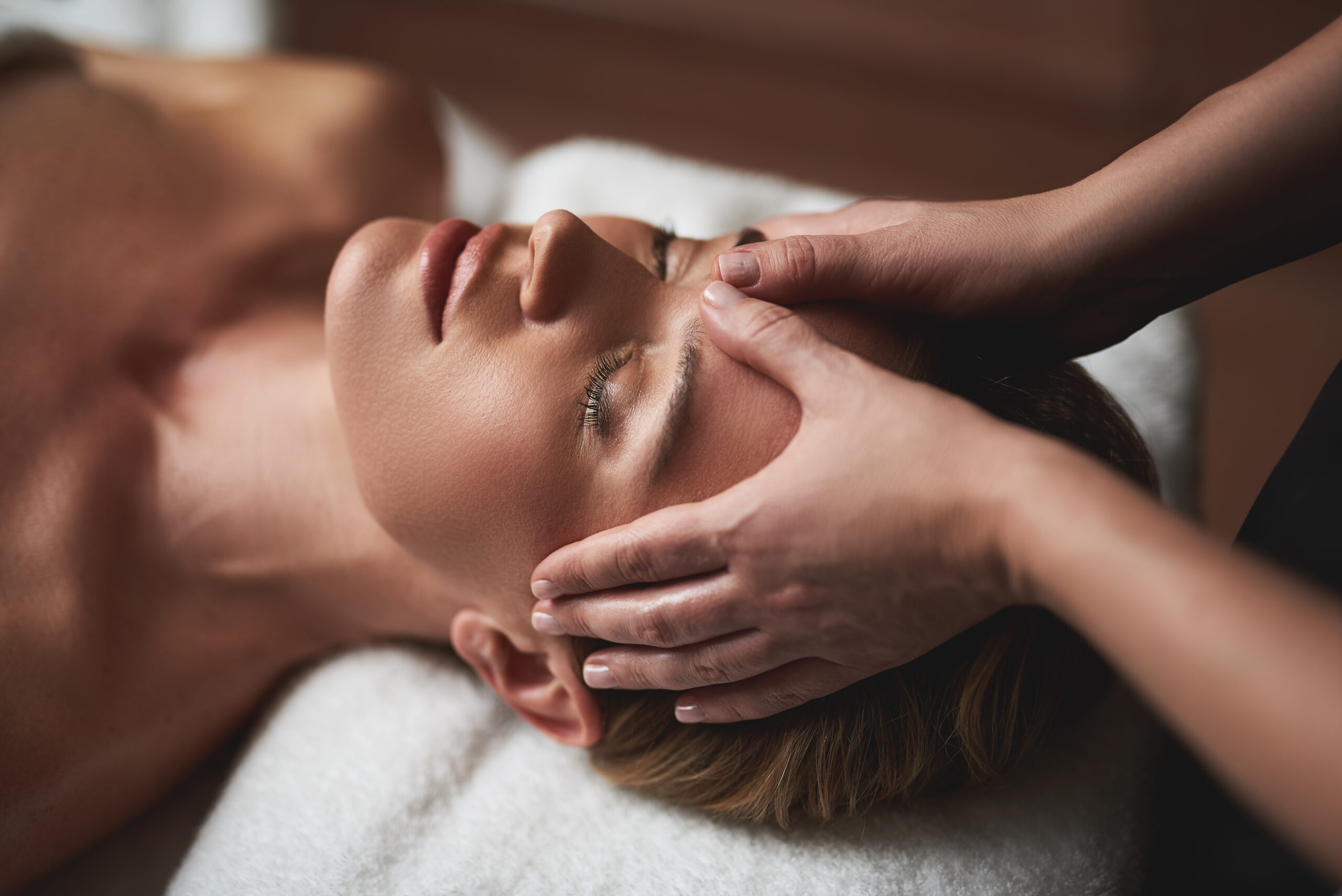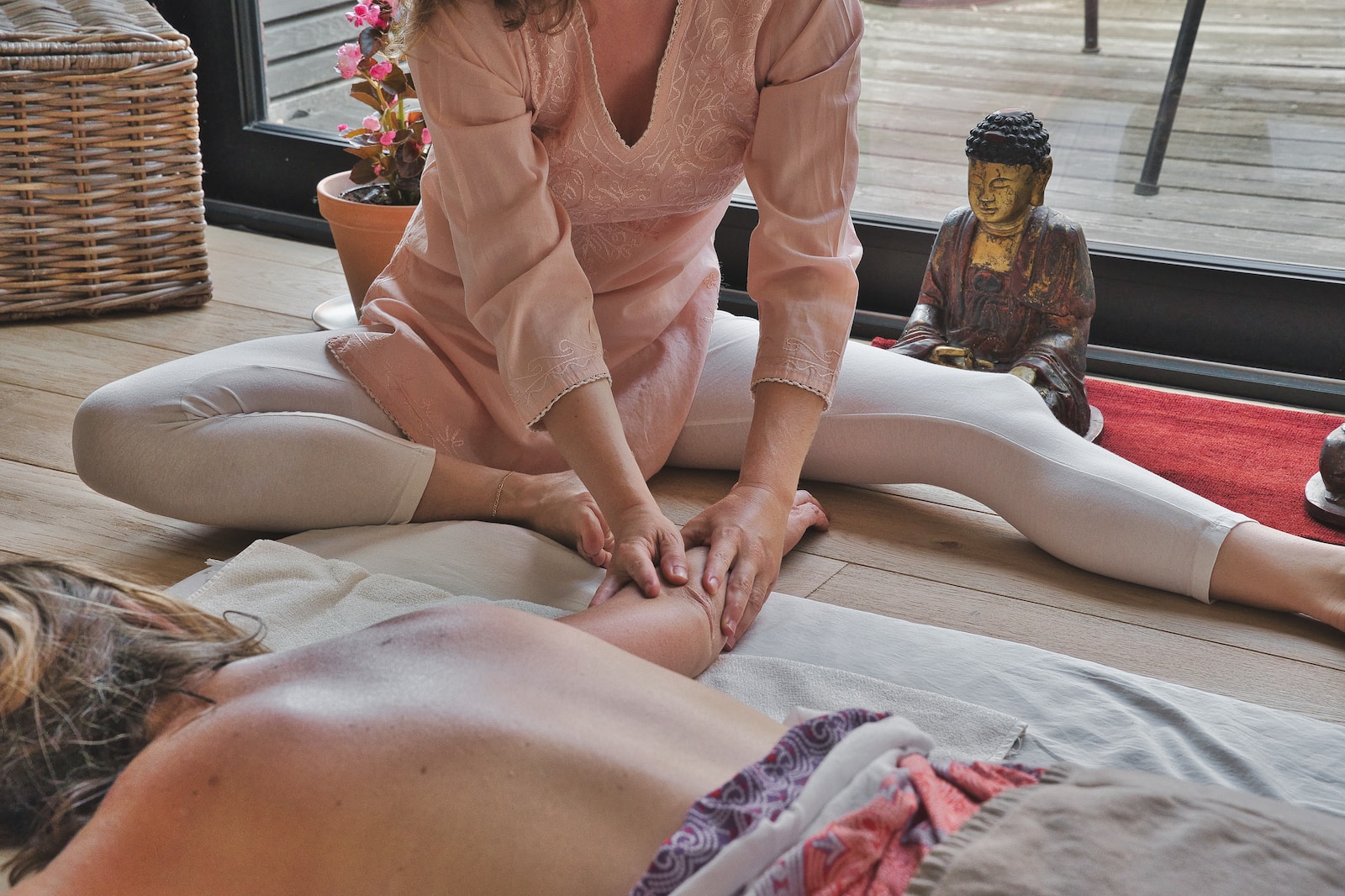When it comes to massage therapies, Thai yoga massage and relaxation massage offer unique experiences and benefits. Understanding the distinction between these modalities will help you make an informed choice based on your needs. In this article, we will explore the characteristics and advantages of these massages, empowering you to prioritize your well-being.
THAI YOGA MASSAGE
Thai yoga massage, also called Nuad Bo-Rarn, is an ancient healing practice originating in Thailand. It combines elements of yoga, acupressure, and assisted stretching to provide a comprehensive therapeutic experience. During Thai yoga massage, the therapist applies pressure and performs rhythmic movements using hands, feet, knees, and elbows along the body’s energy lines.
TECHNIQUES AND BENEFITS
Thai yoga massage involves passive stretches and gentle pressure on specific points, promoting deep relaxation and restoring balance in the body. The stretching movements enhance flexibility, relieve muscle tension, and improve joint mobility. This modality also stimulates energy flow, fostering overall well-being and a sense of harmony.
RELAXATION MASSAGE
Relaxation massage, also known as Swedish massage, focuses on providing a soothing and calming experience. It employs long, gliding strokes, kneading, and circular movements primarily using hands and forearms. Relaxation massage aims to induce deep relaxation, reduce muscle tension, and enhance overall circulation.
TECHNIQUES AND BENEFITS
During a relaxation massage session, the therapist applies gentle pressure and rhythmic strokes to create tranquility and alleviate stress. The slow and flowing movements help ease muscle tension, release knots, and enhance blood flow. Relaxation massage is renowned for reducing anxiety, promoting better sleep, and improving overall well-being.

THE DIFFERENCE
The primary distinction between Thai yoga massage and relaxation massage lies in their techniques and focus. Thai yoga massage incorporates assisted stretching and acupressure to target specific energy lines and points in the body, aiming to restore balance, flexibility, and energy flow. In contrast, relaxation massage utilizes long, gliding strokes and kneading motions to induce deep relaxation and alleviate muscle tension throughout the body.
While both modalities offer relaxation and therapeutic benefits, Thai yoga massage invigorates and energizes, promoting flexibility and restoring mobility. It suits those seeking an active and dynamic form of bodywork. On the other hand, relaxation massage focuses on deep relaxation, stress reduction, and overall well-being. It is ideal for individuals desiring a soothing and calming experience.
FINAL THOUGHTS
In conclusion, both Thai yoga massage and relaxation massage provide unique qualities and benefits. Thai yoga massage combines assisted stretching, acupressure, and rhythmic movements to enhance flexibility, energy flow, and overall well-being. Relaxation massage, through gentle strokes and kneading, induces deep relaxation, relieves muscle tension, and improves circulation. At Relaxing Massage Amsterdam, our skilled therapists specialize in both these techniques, tailoring sessions to your individual needs. Whether you seek invigoration or tranquility, our services prioritize your well-being and help you achieve balance.
Looking for other useful massage resources? Explore the expertpagina.
